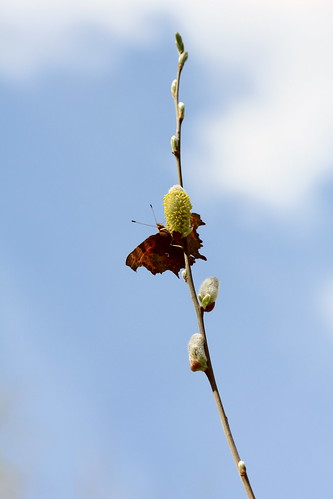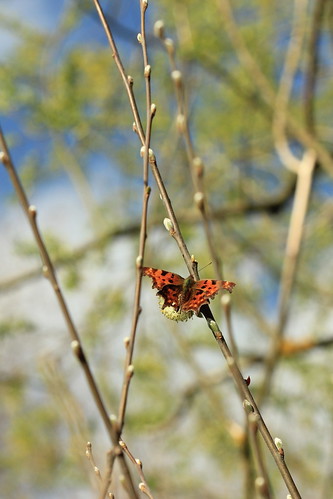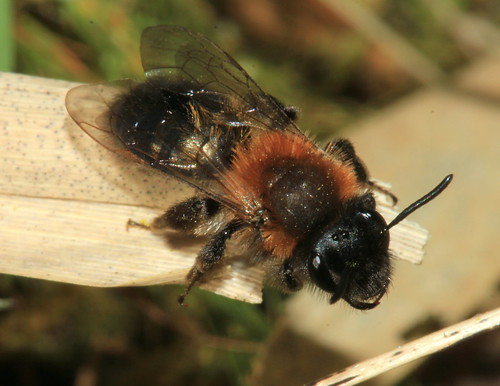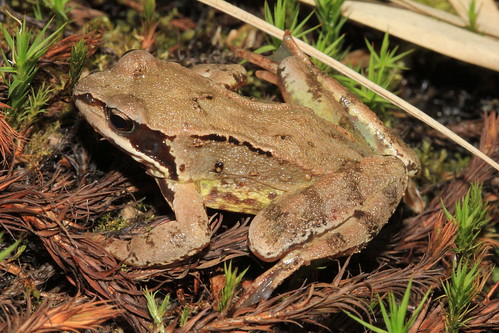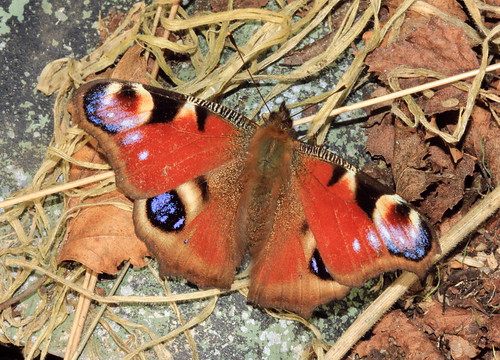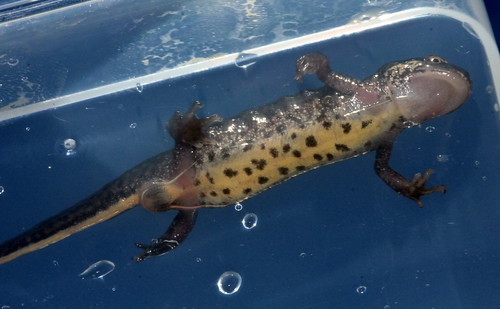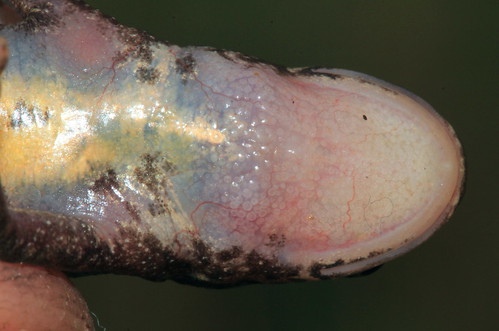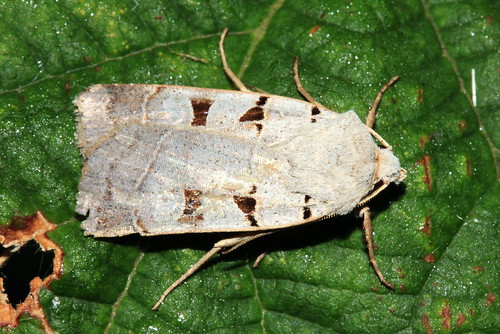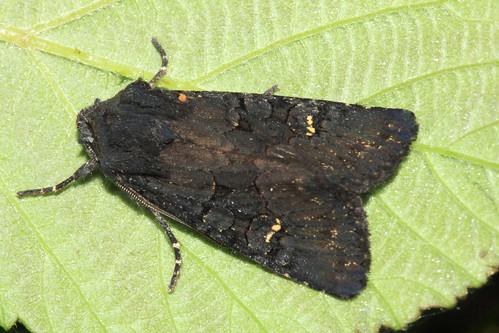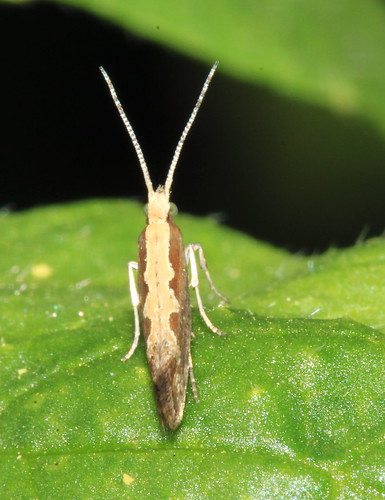Today Fri 11th April , First Generation Commas and Peacocks where seen feeding and flying. the Comma in Particular on Willow. Orange Tips are also evident on the corridors of Brassicacae ( Flowers in the Cabbage Family) around the River and Carr boundaries . The dwindling melancholy song of Willow Warbler was also noted and the call of the Chiff Chaff unmistakeable
The Willow Warbler
In one particular area good Numbers of Andrena clarkella where seen feeding on the day and a week previous. Amongst the tufted mosses and leaf litter a Nomadic Bees where also present , - a specific parasitic relationship being present.. Amongst the Bryophytes ( Mosses) om damp conditions around the Spagnum Hoverflies utilise the leaf detritus and standing water , noted where Eristalis tenax , E. Pertinax and Syrphus spp. The grasses and carr floor contained also large numbers of Lycosid Spider and Red Ant where also noted
These Carrs also are low lying in relation to the river water table and the old fly ash / gravel excavations and therefore hold damp and shady conditions on hot arid days , many people associate our Newts with Ponds but these amphibia can spend a lot of time in suitable terrestrial habitat like the Tag Cut Base and Damp Carrs
The Common Frog Rana temporaria and Newts avail of the humidity layer retained by over vegetation on the hot exposed days whem they occurr at Cromwell
In the reserve Grey Willow give some rise to very special circumstances which encourage two particularly important plants which have a relationship , with fungi specific to Grey Willow. Of course that is before you enumerate the Lichens , bryophytes and other overlooked plants and animals
Shrews and small animals are also found. Because in the habitat management compartments these Carrs have reached succession does not in the least mean they are any less productive in their ecology or contribution to all of the habitat Mosaics in general .
2299 Mouse Moth Amphipyra tragopoginis
This is the Caterpillar (June 2014) of the Mouse Moth whose larvae may feed or depend on Willow. The caterpillars feed on a variety of herbaceous plants, including the flowers, as well as trees such as sallow(Salix)
Other Moths include the Willow Beauty
Other Moths include the Willow Beauty
Willow Dependent Moths
Willow Beauty Moth
Willow Aphid
Hoverflies ( Various On willow pollen
Eristalis tenax
Eristalis pertinax
Other
Bryophytes - Mosses & Liverworts
These simple plants with shallow roots and limitted vascular system reliant on the damp humid conditions in the ground layers provided by moisture retention and shade
Carr Trees can accomodate interesting scarce bryophytes and should not be felled. In addition care should be taken not to defoliate too many trees around them so that the important bryophytes which like humid conditions are then exposed to too much unaccustomed sun and thus heat and drying-out. The leafy liverworts will be particularly sensitive to lack of humidity.
Crescent Cup Liverwort
Thyme leaved Harts Tongue Moss
Swan Necked Thyme Moss
Rough Leaved Feather Moss
Common Feather Moss
Spagnhum Spp
Lichens
Xanthoria parietus
Fungi & Micro Fungi
Birch Woodwart - Hypoxylon multiforme
Candlesnuff Fungus - Xylaria hypoxylon
Here is a list of NOTABLE INVERTEBRATE SPECIES associated with the habitat of WET WOODLAND



